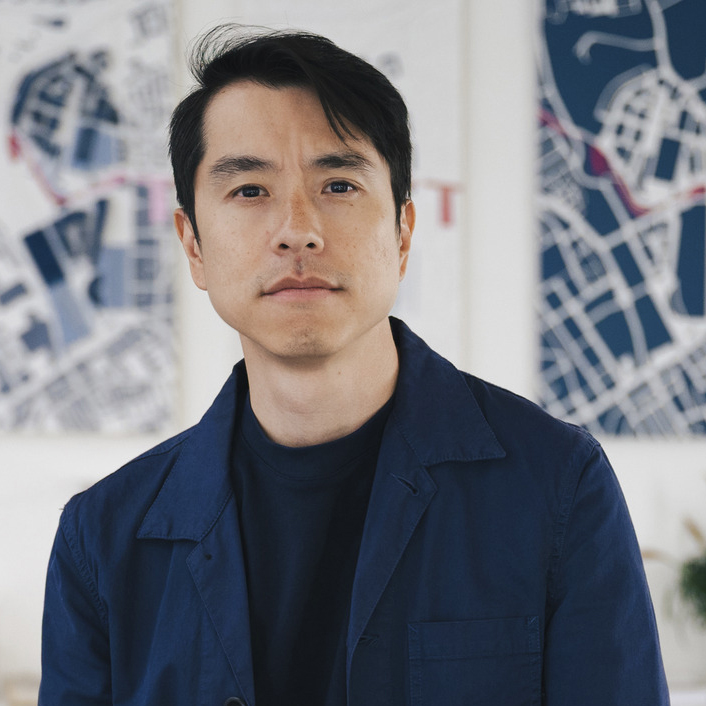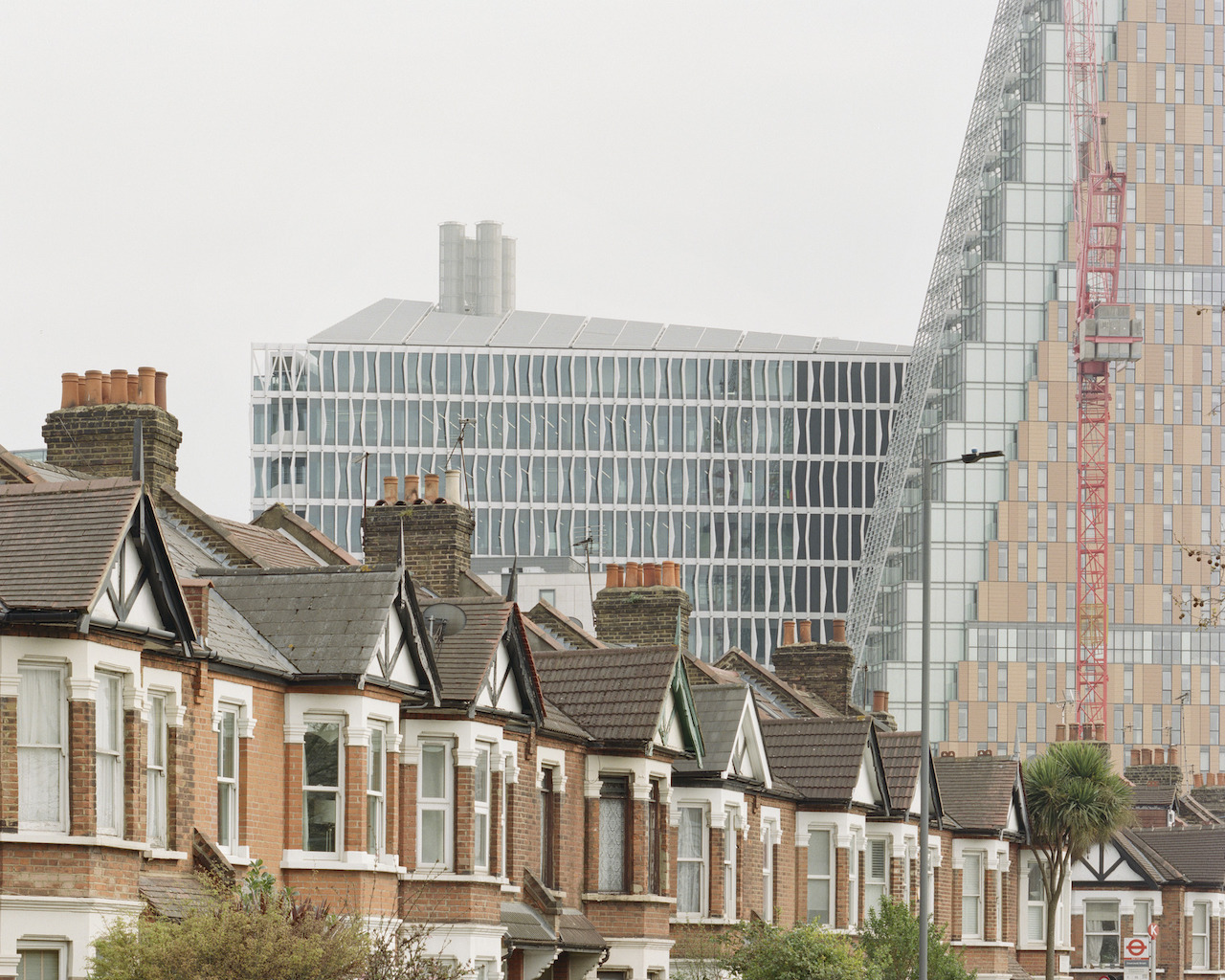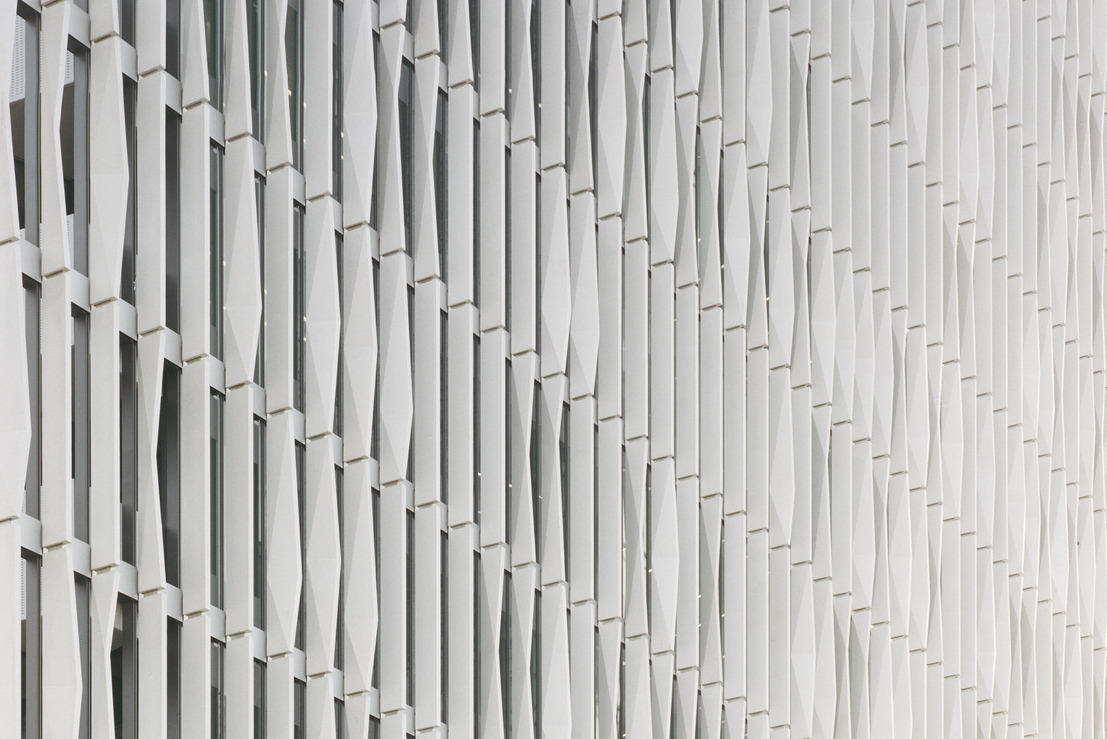Post
Life sciences: The changing face of London’s White City
16 Sep 2024
BOOK FOR THE LIFE SCIENCES TALK
London is emerging as a global centre for life sciences, which includes the pharmaceuticals, biotech, and medical devices sector. This rapidly growing industry continues to expand, and its influence on the city’s built landscape is becoming increasingly significant.
At the London Society event, Billy Choi, director and head of life sciences at Allies and Morrison will explain the role of sustainable design in supporting life sciences infrastructure, and how these developments can contribute to broader urban regeneration efforts.
Choi is an architect with a decade of experience in science buildings and innovation districts, and has been leading projects for the Sir Michael Uren Hub at the heart of Imperial’s White City campus.
The 13-storey building comprises of state-of-the-art laboratory and office facilities for the next generation of biomedical engineering research across technology and application themes.
Check out our rundown of upcoming events
It brings together over 500 engineers, clinicians, and scientists to develop new and affordable medical technologies. They will combine the latest medical research and engineering to improve the treatment and diagnosis of diverse medical conditions, from finding ways to treat dementia to creating bionic limbs.
Choi also oversees Allies and Morrison’s work in life sciences, led by a keen interest in flexible, low-carbon and progressive designs, and in creating characterful and delightful workplaces for scientists.
The architect took some time out to chat with the London Society about his passion for life sciences.
Why do you think you won the design project for the Sir Michael Uren hub?
Our proposal broke quite a few rules, and I think that's interesting because we came without too many preconceptions about science. And that allowed us to do something that maybe other people didn't think of. We reinvented what some people might associate with a laboratory in a science park, stepping outside of what was expected.
How important is collaboration?
We spoke to the scientists, individually, on each of the floors, and they have their own research agenda, and it's fascinating. I love working with scientists. To give an example, we spoke to scientists involved in biomedical engineering to find out what their needs are.
Do you see the design in a holistic way?
All the buildings that we work on definitely have a very strong emphasis on the social element. Gone are the days where the scientists work in a basement and no one sees them. They never see daylight. They come out from the lab, they go to the office to analyse the result, go back to the lab and go home. That's not how it works anymore. A lot of the spaces we now design will have a social element, it's about people being able to relax as well as needing spaces to concentrate. Sometimes you need spaces to exchange ideas, formally and informally. It's a very common theme now in the world of science.
Subscribe to the London Society newsletter
What’s the challenge in designing these buildings?
Science buildings are fascinating because clearly they are technically complex, there is also that social element I talked about earlier. So there's always this duality of between something that's technical and something that's social, and you have to bring it together in one building.
Is this an area that mystifies people?
I think the concept of science buildings in the city is probably still quite alien to many people. Architecture has something to do here, to create an image and identity for science.
How do you include green initiatives?
I was in Manchester for the last two days at a conference, as I'm part of a green lab initiative that we are setting up in the UK. It is a topic that is close to my heart, and close to the practice, obviously. The elephant in the room to be honest is that they are very, very energy hungry. From our perspective, as architects, we try to design things as low energy as possible. The fins on the front of the Sir Michael Uren Hub have a high content of GGBS - a material that was pioneered by the benefactor himself, the late Sir Michael Uren - to significantly reduce upfront carbon.
We try to take a holistic view on sustainability and we are very conscious that is an uphill battle.


